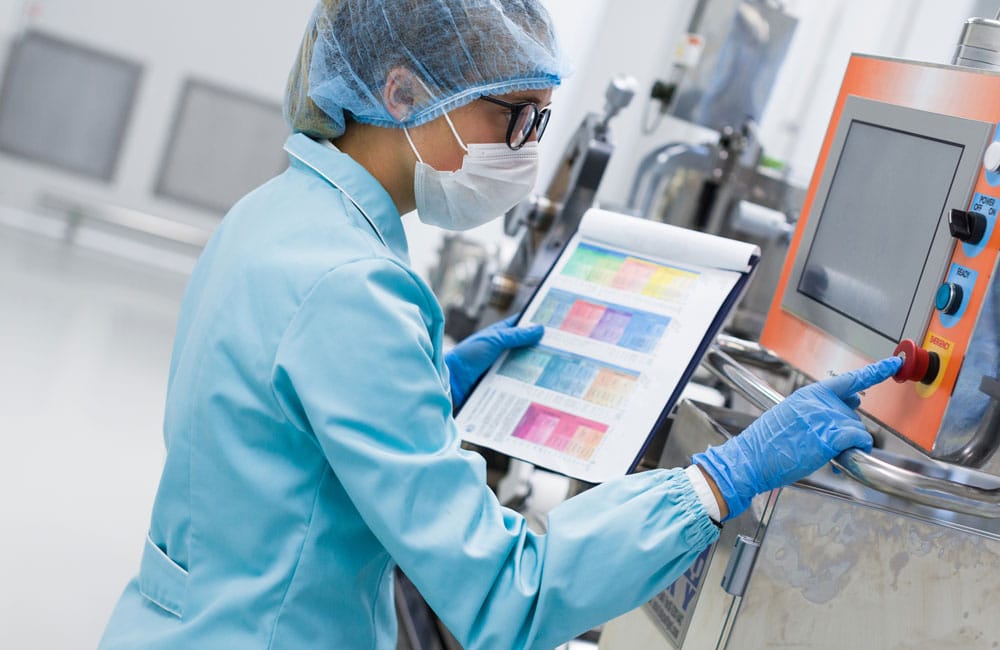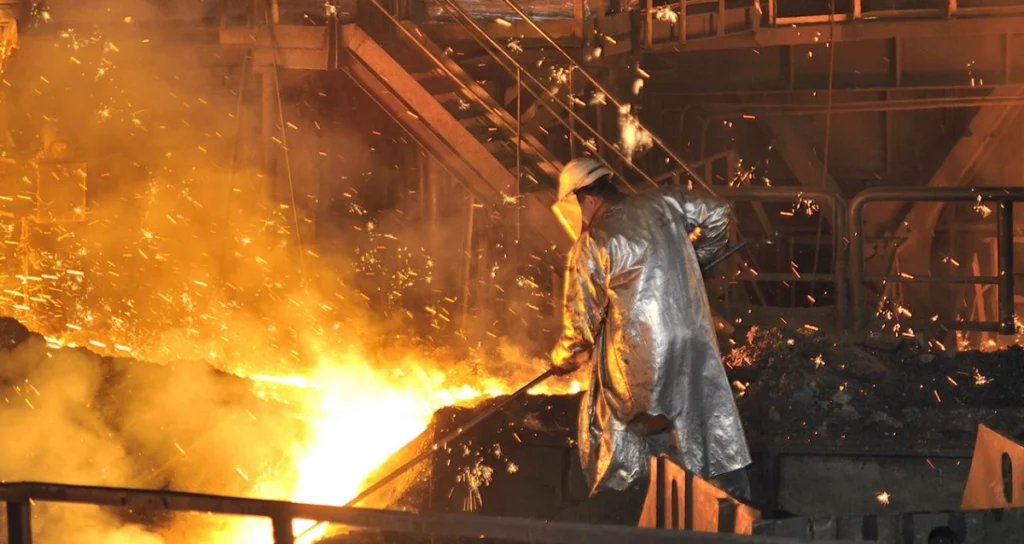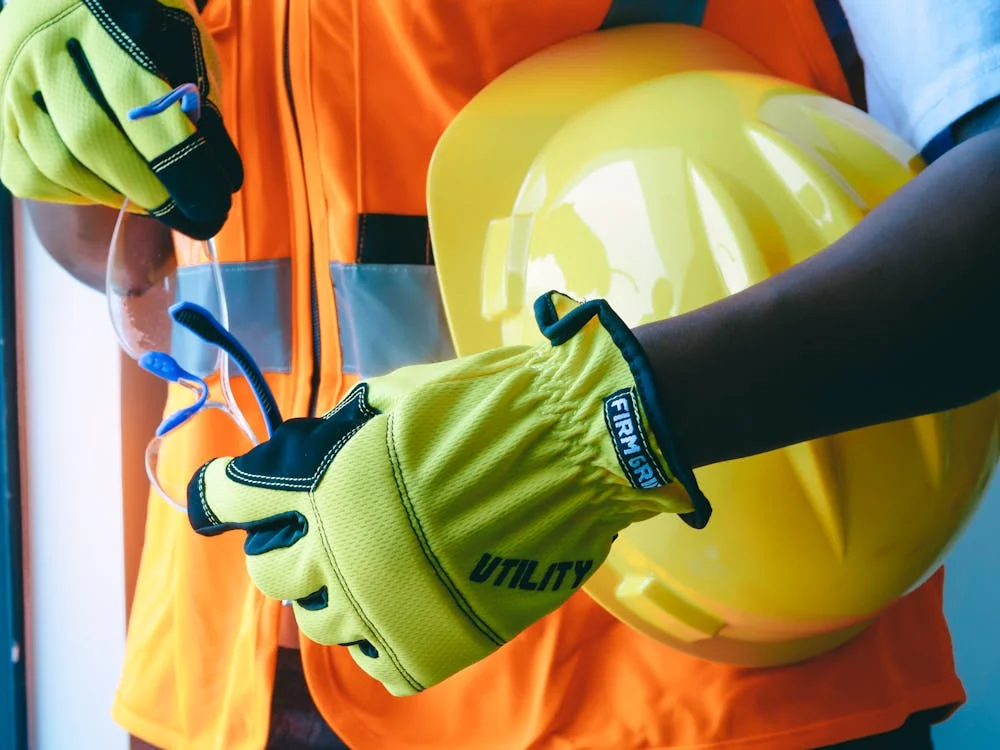
In industries where hygiene is non-negotiable—food processing, pharmaceuticals, and healthcare—workwear is more than clothing. It is part of the frontline defense against bacterial contamination, cross-infection, and product recalls.
The rise of antimicrobial and self-cleaning fabrics is reshaping how buyers think about PPE and uniforms. These fabrics are not just safer—they are smarter, lowering washing costs, extending garment lifespan, and meeting stricter regulatory demands.
For distributors and traders in emerging markets, antimicrobial workwear represents a high-margin opportunity: a way to move beyond basic uniforms and offer value-added solutions that global clients are already demanding.
Antimicrobial and self-cleaning workwear uses advanced coatings (silver ions, copper fibers, nano titanium dioxide) to prevent bacterial growth and reduce wash frequency. This is vital for food, pharma, and healthcare sectors where hygiene is critical. Benefits include lower contamination risks, cost savings on laundering, and entry into high-value contracts.
Why Hygiene-Sensitive Industries Demand Specialized Fabrics
-
Food Processing
In dairy, meat, and beverage plants, even a single case of contamination can trigger recalls worth millions. Uniforms that harbor bacteria are a hidden risk. -
Pharmaceutical Production
Sterile conditions are critical. Traditional cotton uniforms absorb moisture and become bacterial breeding grounds. Antimicrobial fabrics prevent this. -
Healthcare & Hospitals
Nurses and doctors face constant exposure to pathogens. Self-cleaning uniforms not only reduce infection risk but also lower the workload of hospital laundries. -
Regulatory Compliance
Agencies like the FDA, USDA, and WHO are pushing for stronger hygiene protocols. Contractors who provide antimicrobial uniforms often gain an edge in tenders. -
Worker Safety & Comfort
Antimicrobial fabrics are lighter, moisture-wicking, and odor-resistant—improving worker comfort during long shifts.
Real-World Cases
Case #1 – Food Processing Plant, Brazil
A meatpacking company faced frequent contamination audits. Workers wore cotton uniforms, which required daily washing and replacement every 6 months.
Fix: They adopted silver-ion coated polyester-cotton uniforms. Result: bacterial counts on fabric dropped by 90%, uniforms lasted longer, and laundry costs fell by 25%.
Case #2 – Pharmaceutical Facility, India
Cross-contamination during capsule production led to regulatory fines.
Solution: Switched to copper-infused lab coats with antimicrobial performance. Compliance improved, and inspections passed smoothly.
Case #3 – Hospital in Kenya
Nurses reported odors and rapid fabric deterioration from daily washing.
Outcome: Nano TiO₂-coated scrubs reduced odor, extended washing cycles, and cut hospital laundry bills by 30%. Staff satisfaction rose significantly.
Case #4 – Dairy Plant, Turkey
Workers wore heavy cotton aprons that absorbed milk and cleaning chemicals, creating hygiene hazards.
Lesson: Transition to self-cleaning PU-coated jackets reduced bacterial load and improved worker compliance with hygiene rules.
These examples show how fabric innovation translates directly into financial savings and compliance wins.
Antimicrobial & Self-Cleaning Technologies
| Technology | How It Works | Industries |
|---|---|---|
| Silver Ion Coatings | Disrupts bacterial cell walls, prevents growth | Food, pharma, healthcare uniforms |
| Copper Fiber Blends | Natural antimicrobial, durable in washing | Pharma, healthcare, lab coats |
| Nano TiO₂ Coatings | Self-cleaning via photocatalysis, reduces odor | Hospitals, food packaging |
| Antimicrobial Polymers | Long-lasting surface treatment | High-contact workwear like gloves |
✅ Pro Tip: Always check that coatings are wash-resistant and last for at least 50 industrial wash cycles.
Cost-Saving Potential of Self-Cleaning Fabrics
- Fewer wash cycles → Hospitals cut laundry loads by up to 30%.
- Longer garment lifespan → Antimicrobial fibers resist degradation.
- Lower replacement frequency → Some fabrics last 12–18 months vs. 6 months for cotton.
- Reduced downtime → Workers always have hygienic garments available.
| Scenario | Cotton Uniforms | Antimicrobial Fabrics | Savings |
|---|---|---|---|
| Laundry cost per year | $50,000 | $35,000 | $15,000 |
| Replacement cycle | 6 months | 12–18 months | $10,000 |
| Contamination fines risk | High | Low | $50,000+ |
Market Opportunities for Traders
-
High-Margin Products
While antimicrobial uniforms cost more, clients pay for compliance and long-term savings. -
Entry into Regulated Projects
Companies supplying to food export plants or pharma facilities need certified hygiene gear. This opens doors to premium clients. -
Differentiation Strategy
In Africa, Middle East, and Latin America, many distributors still sell only basic uniforms. Offering antimicrobial fabrics is a clear differentiator. -
Partnership with Local Laundries
Traders can collaborate with laundries to offer full-service programs: supply + washing + recycling. -
Government Tenders
Hospitals and state-owned pharma companies are increasingly specifying antimicrobial uniforms in procurement documents.
Buyer FAQ
Q1: Are antimicrobial uniforms safe for skin?
A: Yes. Certified coatings (OEKO-TEX, REACH compliant) are tested for skin safety.
Q2: Do antimicrobial effects wear off after washing?
A: High-quality coatings last 50+ washes, but buyers should confirm test reports.
Q3: Are these fabrics more expensive?
A: Yes—typically 20–40% higher upfront, but cost savings from laundry and durability offset this.
Q4: Which certification should I look for?
A: ISO 20743 (antibacterial textiles), OEKO-TEX Standard 100, and FDA/USDA compliance for food-related applications.
Procurement Checklist
- [ ] ISO 20743-certified antimicrobial fabrics
- [ ] Silver, copper, or TiO₂ coatings with wash resistance
- [ ] Test reports showing 50+ industrial wash durability
- [ ] Worker trials for comfort and acceptance
- [ ] Cost-benefit calculation vs. cotton uniforms
- [ ] Verified OEKO-TEX or REACH compliance
Conclusion
Antimicrobial and self-cleaning fabrics are not a luxury—they are becoming a requirement in food, pharma, and healthcare industries. For buyers, they cut contamination risks, lower costs, and improve worker satisfaction. For distributors in emerging markets, they represent a gateway into premium contracts and a chance to stand out in competitive markets.
📩 Want to source antimicrobial and self-cleaning workwear for hygiene-sensitive industries?
Email: [email protected]
🌐 www.workwearsolutions.net
Zion Zhang
Recent Posts
 Sustainable & Circular Workwear: Meeting ESG Demands in 20252025年9月20日Workwear has always been about safety and functionality, […]
Sustainable & Circular Workwear: Meeting ESG Demands in 20252025年9月20日Workwear has always been about safety and functionality, […] Cooling Fabrics for Hot Climates: Innovations for Africa & Middle East2025年9月20日Step into a construction site in Dubai at noon or a highway […]
Cooling Fabrics for Hot Climates: Innovations for Africa & Middle East2025年9月20日Step into a construction site in Dubai at noon or a highway […] Smart Workwear: How IoT and Sensors are Changing Safety Gear2025年9月20日Walk onto a modern construction site, an oil rig, or even a […]
Smart Workwear: How IoT and Sensors are Changing Safety Gear2025年9月20日Walk onto a modern construction site, an oil rig, or even a […] Workwear for Central Asian Mining & Energy Projects2025年9月18日From the coal mines of Kazakhstan to the oil fields of […]
Workwear for Central Asian Mining & Energy Projects2025年9月18日From the coal mines of Kazakhstan to the oil fields of […] Workwear for South American Logistics & Warehousing: Comfort and Safety in Long Shifts2025年9月16日South America’s logistics and warehousing industry is […]
Workwear for South American Logistics & Warehousing: Comfort and Safety in Long Shifts2025年9月16日South America’s logistics and warehousing industry is […] Workwear in Africa’s Construction Boom: Demand, Trends, and Opportunities2025年9月16日Walk through any African city today, and you’ll see […]
Workwear in Africa’s Construction Boom: Demand, Trends, and Opportunities2025年9月16日Walk through any African city today, and you’ll see […]
CONTACT US
- Feel free to contact us any time. We will get back to you as soon as we can!
- +86-17330061805
